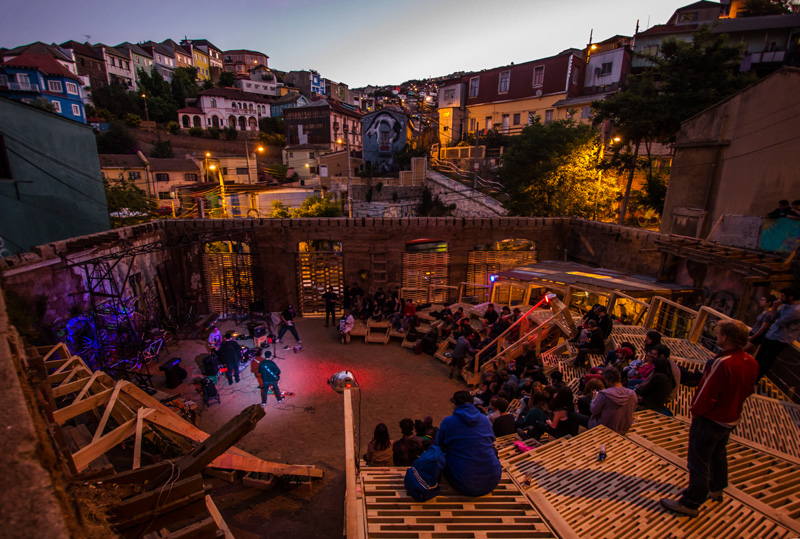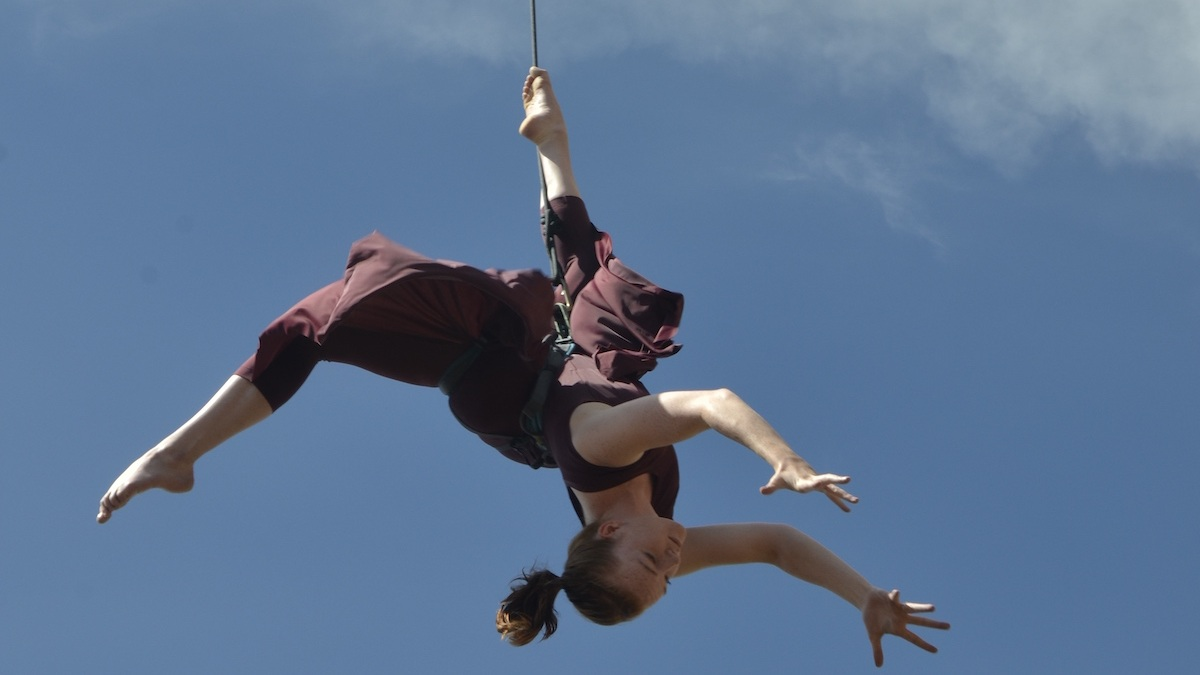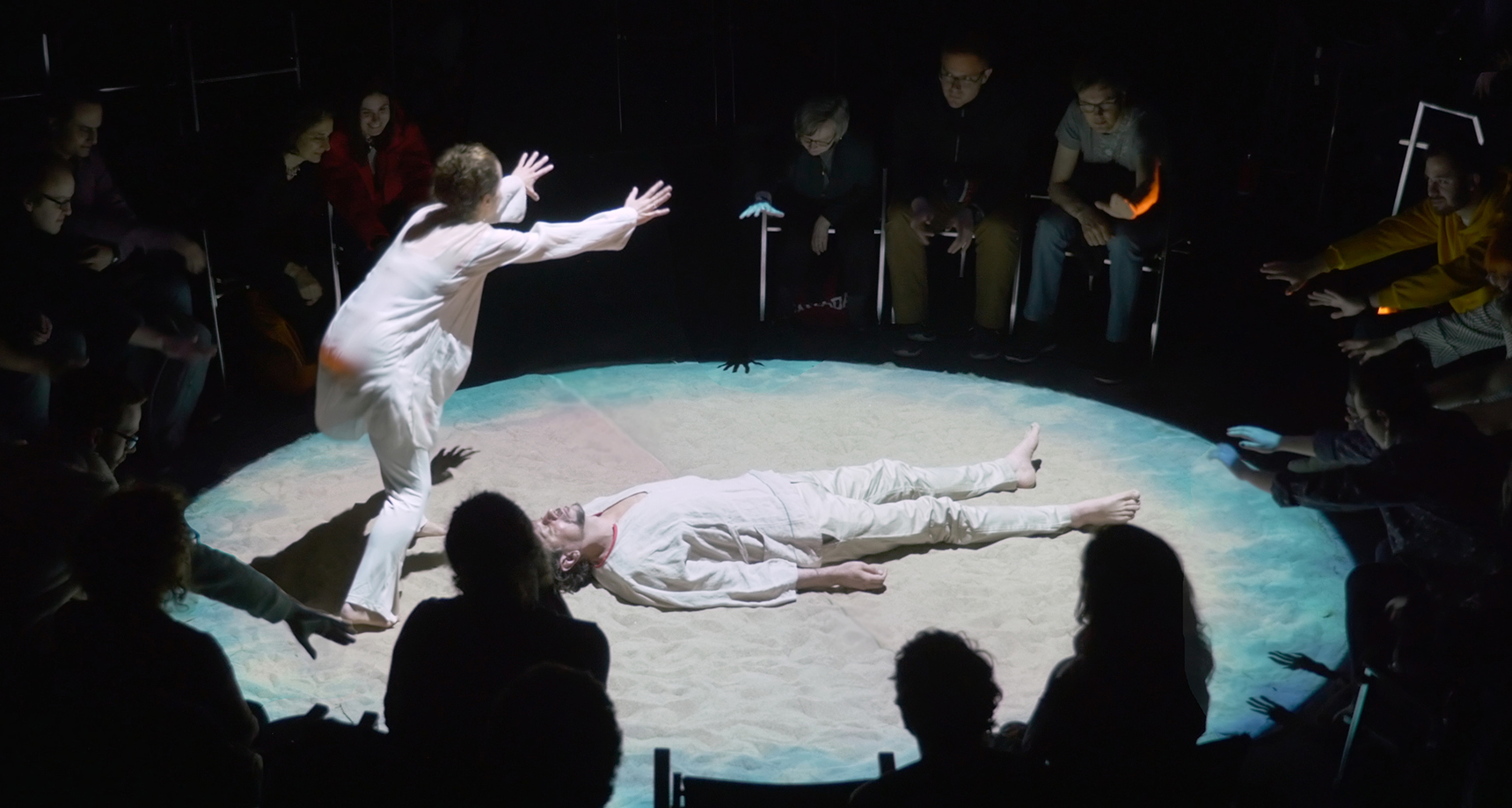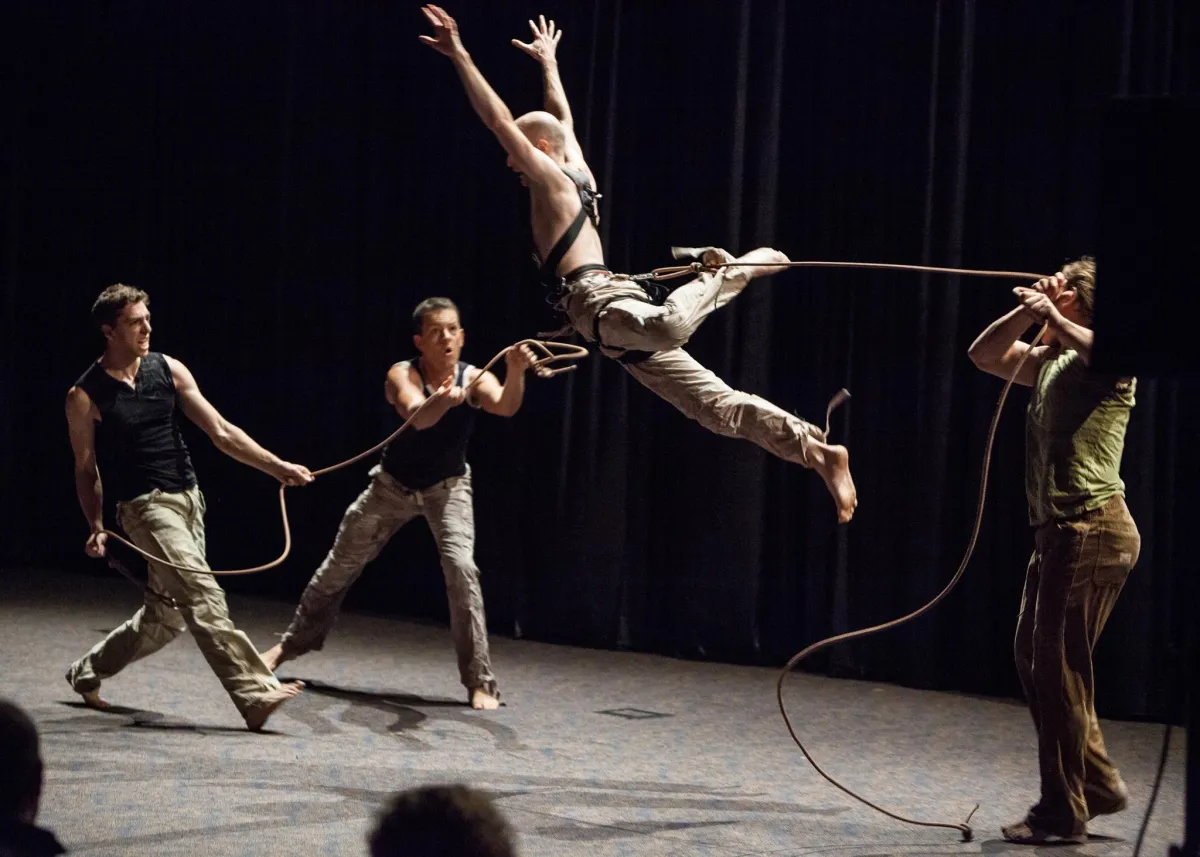Immersive theater has shaken up traditional staging by transforming unused warehouses, rooftop ruins, and underground tunnels into multi-sensory performance venues. This trend shifts the audience from passive observers to active participants—stepping through immersive sets, choosing narrative paths, and even influencing outcomes in real time. The raw urban backdrop adds authenticity and unpredictability, helping actors and directors explore gritty, boundary-pushing storytelling techniques.
Directors specializing in these productions often have backgrounds in site-specific work and interactive design. They collaborate with architects, sound designers, and even local historians to adapt forgotten spaces into living narratives. Health and safety compliance is critical—ensuring buildings are structurally sound and audiences can navigate environments safely. These productions often harness local urban legends or histories, layering storytelling with a sense of place that enhances both atmosphere and emotional resonance.
Audience reception has been overwhelmingly positive, with many praising the heightened emotional intimacy and personal engagement. Critics note immersive theater’s potential for social commentary, as audiences physically traverse metaphorical landscapes of conflict, memory, or identity. As more companies revive abandoned urban sites for their shows, this form of theater may redefine community engagement and cultural reclamation, breathing new life into neglected corners of the city.





